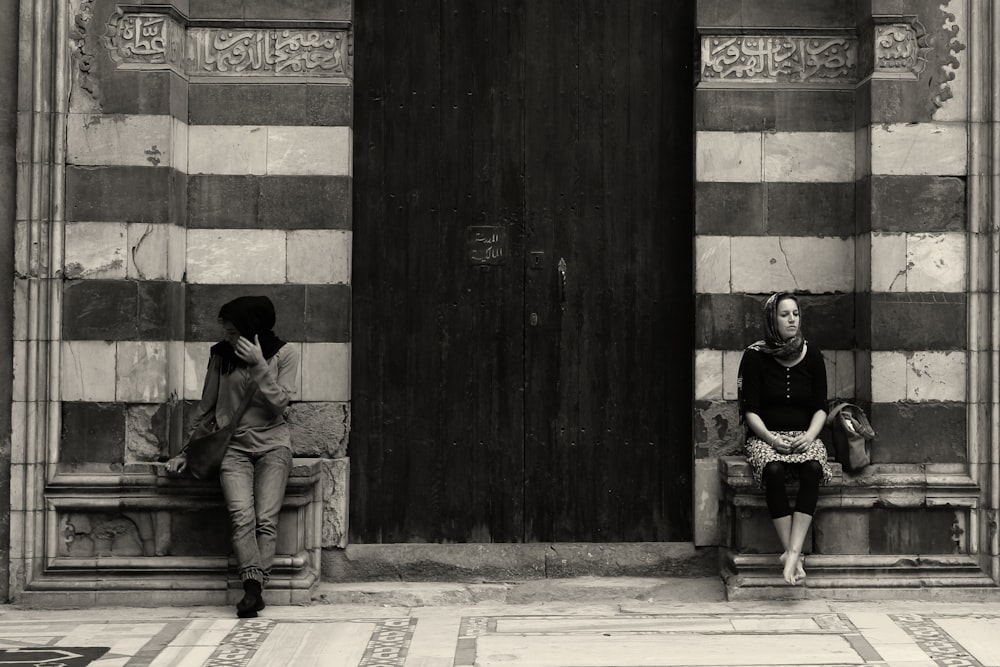
Egyptian histories are a blend of divinity and devotion; there is no recent or distant memory that has not been saturated with faith, in a variety of forms. Religion has, and seems to still be, a distinct and unmissable facet of Egyptian identity. Tiding time has seen the passage of archaic ideologies, coagulated belief systems, Abrahamic monotheism, and more niche, unknown sects.
Subtle nods to antiquity remain in Osiris and Horus, more candid ones in towering mosque minarets and Coptic cross tattoos. It becomes hard to deny the salience of gods in Egyptian culture – and for that reason, here is a breakdown of the main religions Egyptians have rested on over the centuries, and perhaps, to this day.
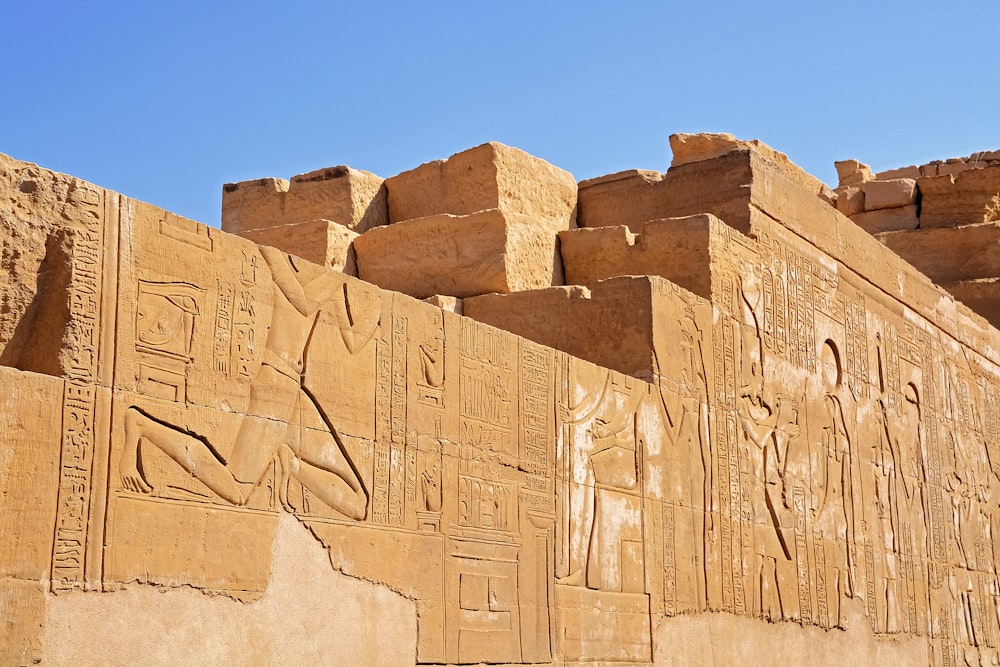
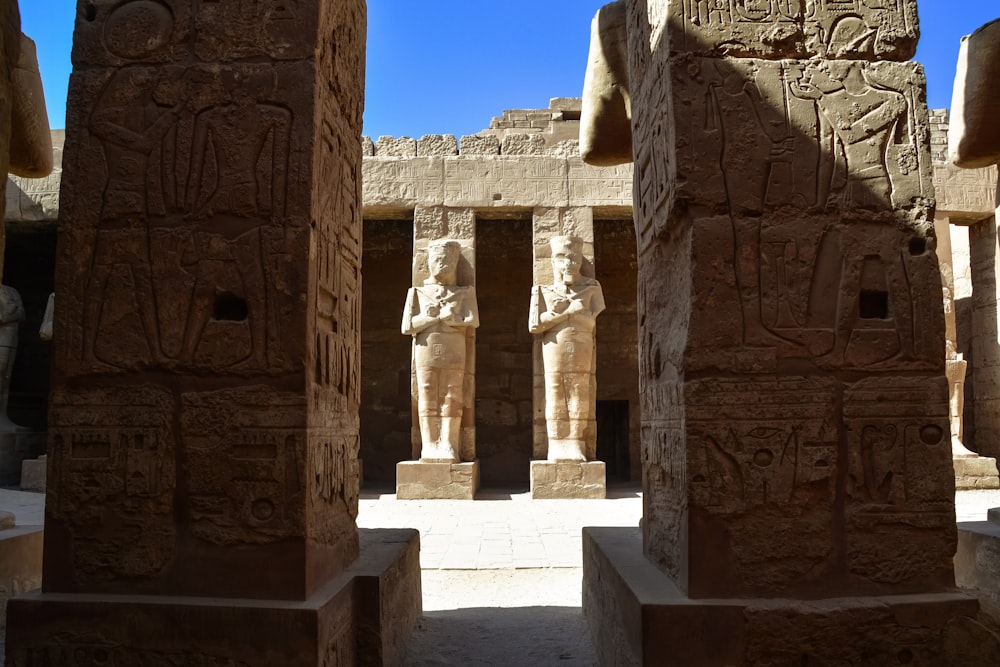
Ancient Egyptian
From predynastic Egypt, prior to the country’s unification, archaeologists were able to unearth structures and sculpture that indicated the earliest Egyptians engaged in a form of worship. It was estimated that various areas in the countries focused on specific deities, local cults.
Egypt’s unification and increasingly organized religion included over 80 deities in its pantheon, and three creation myths for the origins of humankind in Egypt. Progressively, rulers were seen as the intermediaries between gods and the nass, with the sole purpose of protecting Egypt and respecting ma’at, cosmic balance and order.
Yet, the religion is not to be interpreted in a singularly linear and according to straightforward manner, after all, the Egyptians’ belief system was polytheistic, complex and incorporated various elements of daily life, namely death.
Moreover, religion became institutionalized, with priests and temples playing a significant role in the economic and political unfolding of the country.
Egyptian ancient history spans over 30 dynasties; it is thus impossible to speak of “one” religion that has manifested itself in only one way. The religion remained dynamic, shape shifting according to the whims of the rulers, such as in the example of Dynasty 18 King Akhenaten whose religious decrees only enforced worship of one sole deity.
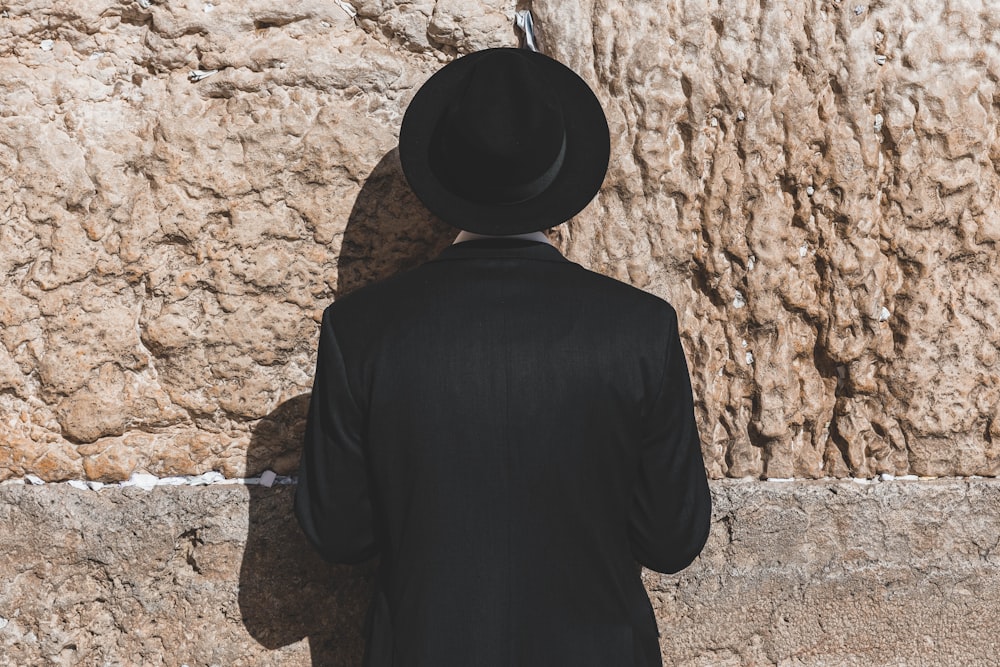

Judaism
For believers and theologians alike, the Red Sea splitting for Moses marked the beginning of Judaic belief in Egypt – ironically, after the exodus of its people. Known as the gateway to Abrahamic faith, Judaism was the first monotheistic religion to be widely acknowledged in the region. It is characterized by the belief in a single, transcendent deity that “revealed himself to Abraham, Moses, and the Hebrew prophets and by a religious life in accordance with Scriptures and rabbinic traditions.”
Much like its successors, Christianity and Islam, Judaism was a complete way of life, encompassing theology, cultural tradition, law, and a variety of god-delivered directives. It appeared circa the 13th century BC, and remains a world religion to this day.
It was estimated that the first Jews even merged with Egyptian society during its ancient history, namely during the New Kingdom.
While Judaism’s presence in Egypt has fluctuated over the centuries, between regional hostilities, exoduses, and unsavory circumstances, it is still considered a vital and undeniable part of Egypt’s history and its present day. It seems that Judaism was Egypt’s first novice brush with modern era religion, leaving a lasting mark and memory on its people.
Greco-Egyptian Syncretism
Paganism was not dead when the Greeks and Romans found Egypt. An interesting development, however, that came with Alexander the Great’s conquest of Egypt was the idea of religious syncretism: the “the fusion of diverse religious beliefs and ideals” and by extension, a merger of gods and religion. The introduction of Greco-Egyptian, and later Roman-Egyptian syncretism marked the end of the classical period and the beginning of the new Hellenistic age.
Serapis is the most memorable character of this fusion, as the union of Greek chthonic and traditional Egyptian Gods. His domains included the sun, healing, and fertility. Later, according to Britannica, he would dislodge both Greco-Roman Hades/Pluto and Egyptian Osiris as god of the Underworld.
The height of his worship came and went with the Ptolemaic rule (305 BC – 30 BC), but to this day a mix-and-match of gods can still be seen in Alexandria’s monuments and its catacombs.

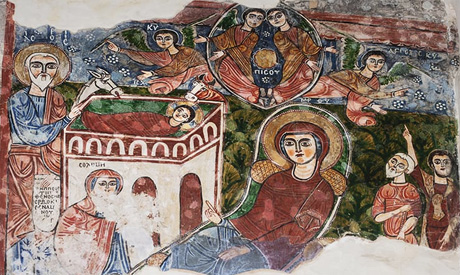
Christianity
“Egypt was a fertile garden in the early flowering of Christianity,” the second Abrahamic, monotheistic religion to bloom in the region. Appearing in the 1st century AD, and signifying the definitive end of antiquity, Christianity took to Egypt handsomely. The faith grew into Egypt’s central belief system soon after surfacing, and with it came the careful and unique merger of tradition and modern faith.
Christianity took on a new form of Egyptianism, that combined the “flavor” and history of ancient Egypt. This branch became known as the Coptic Orthodox Church. Its followers today are known as Coptic Christians, or more colloquially, Copts.
Coptic Christians are Egypt’s most prominent minority and the largest population of Christians in the region.
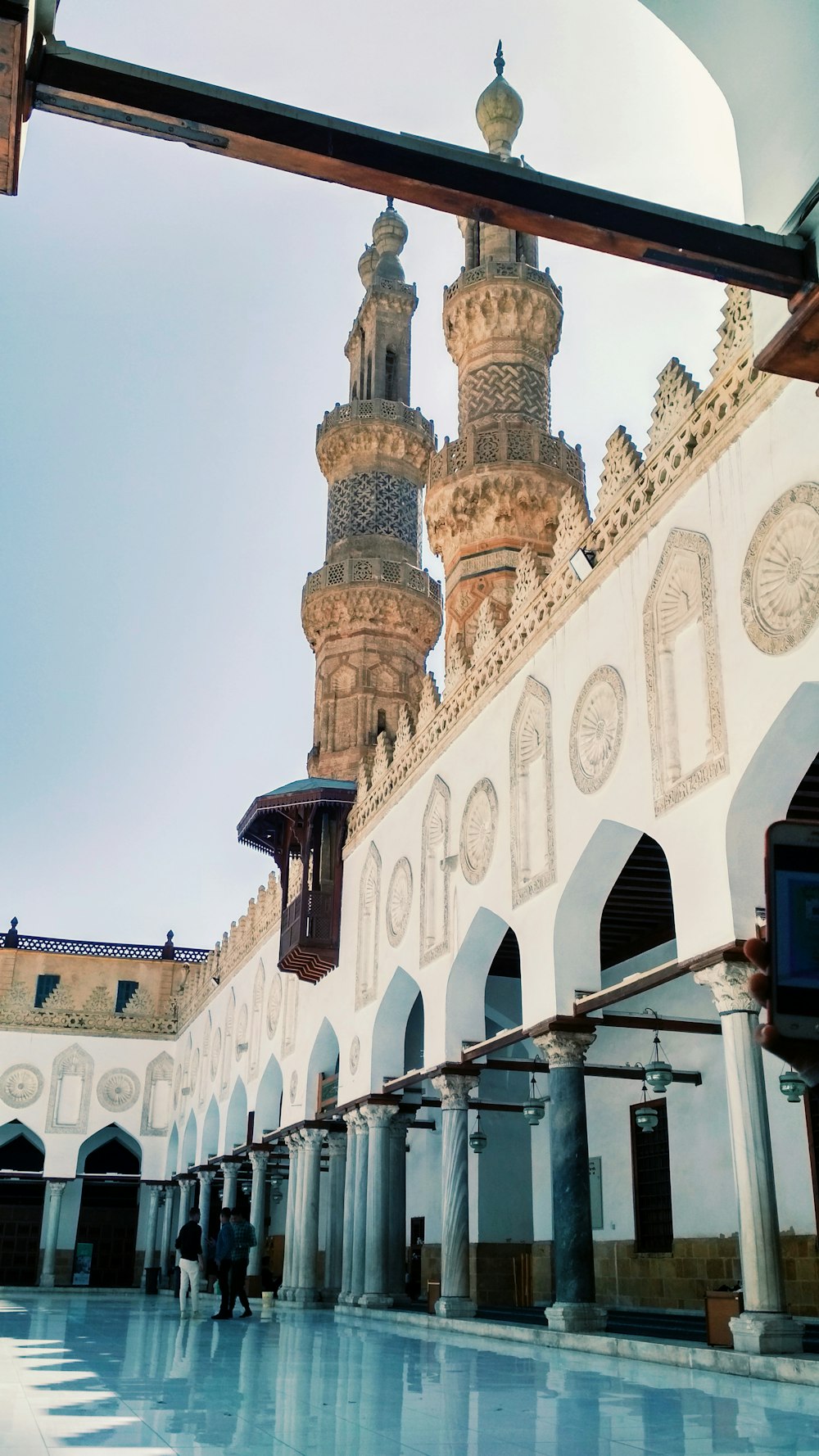
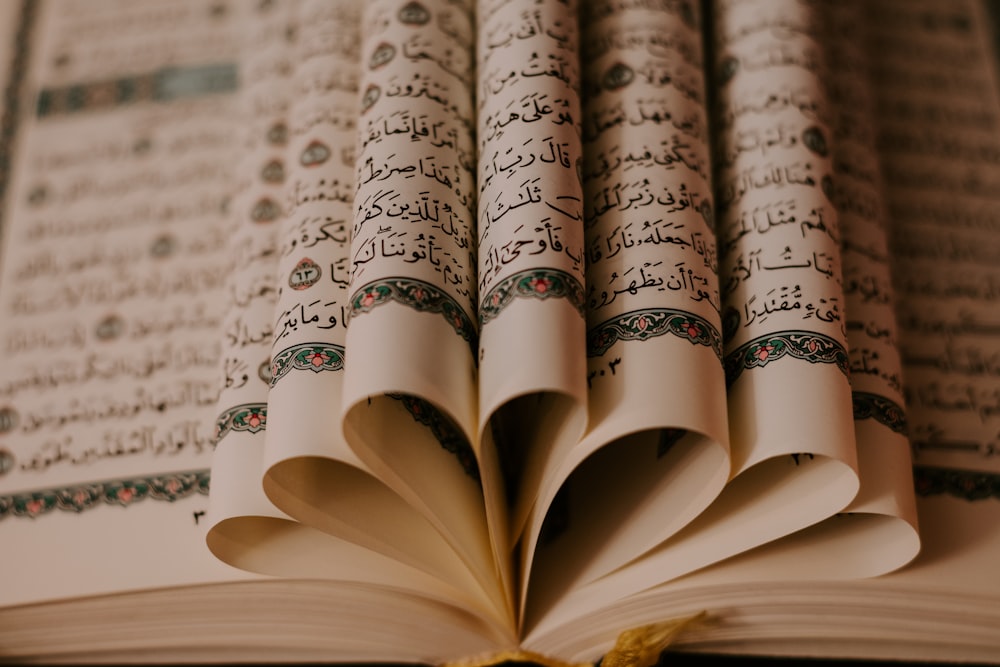
Islam
The last of Egypt’s most salient religions is also the last of the three Abrahamic faiths: Islam. Originating in the 7th century AD in the Arabian peninsula, the belief system was promulgated by the Prophet Muhammad. The core meaning of the word Islam is to surrender – a fundamental aspect of the faith itself. Much like its Abrahamic predecessors, Islam is a monotheistic religion that calls for the worship of a single diety, Allah.
It is practiced by 90% of Egypt’s modern population, the majority of which follow Sunni tradition. Some fringe sects include Sufi and Shi’a variations of Islam.
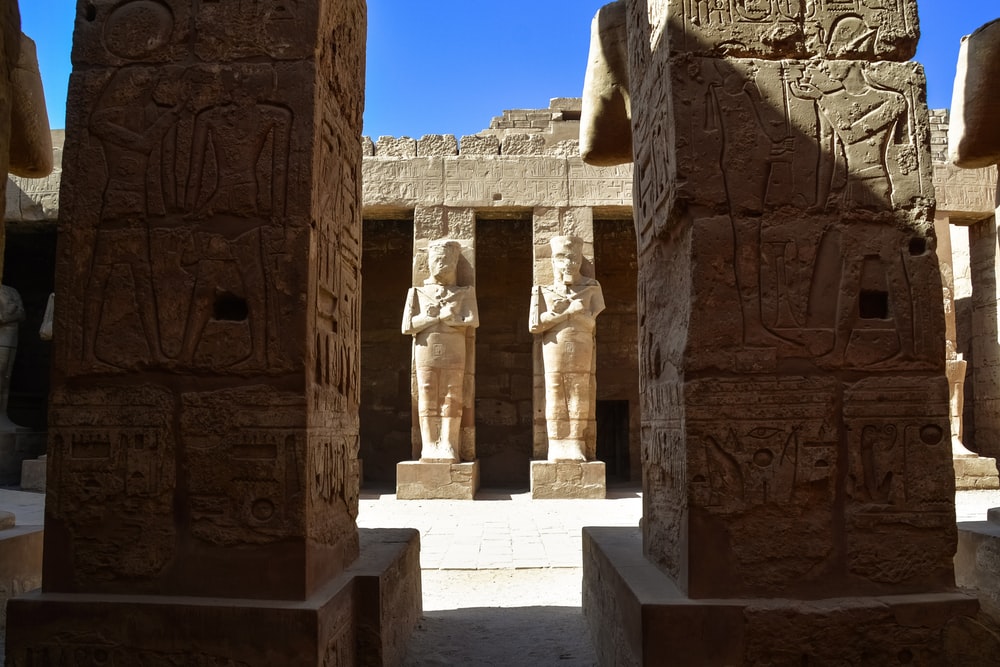




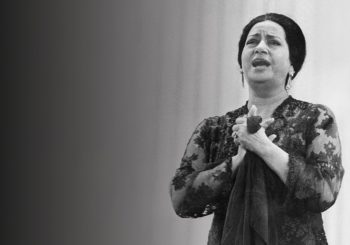
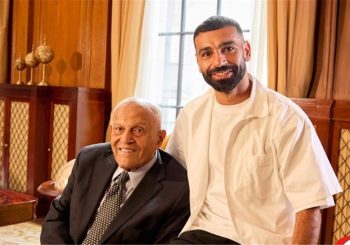
Comments (2)
[…] of the trip. Those who choose to travel along the Eastern bank of the Nile will arrive at the Karnak Temple Complex, the largest religious structure ever built, and developed over the course of a […]
[…] Streets. Mona’s focus is tapered to issues of identity politics, culture, and social architecture.[…] أسيسا ليزا: القس الأمريكي الذي يدرّس مقارنة الأدي…© 2019 Egyptian Streets. All Rights Reserved.Subscribe to the fastest growing newsletter in […]